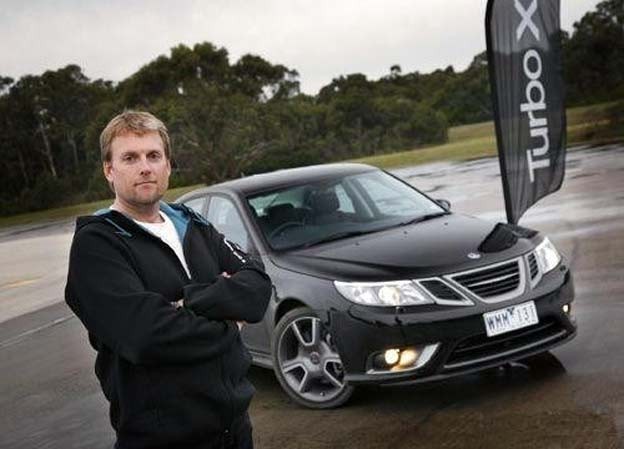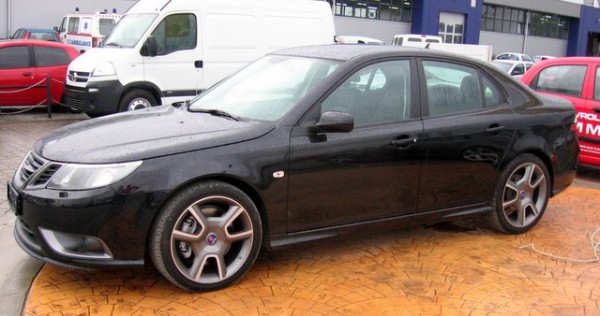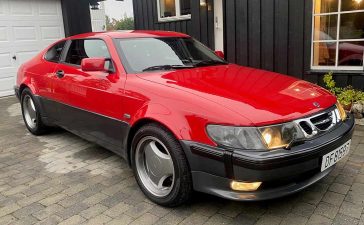This video was shot in 2008, at a Saab Australia promotional day for the Saab 9-3 Turbo X. The driver is Peter Johansson, a Saaber and one of the chassis engineer responsible for the development and implementation of the Haldex XWD system (integrated into the Turbo X).

A lap of the dirt track at rally car speeds with Peter Johansson (he once beat a young Ayrton Senna in a Swedish championship kart race) behind the wheel shows just how capable the Turbo X can be in skilled hands.
“It’sdeveloped more like a race car than a road car,” Johansson said then.
Turbo X in Dust
Under hard acceleration on a dry road, the XWD system pushes part of the drive to the rear wheels. As speed increases, drive diverts to the nose, and at highway speeds 90% of the drive is through the front wheels, helping the car achieve an official 11.0(m) / 11.9(a)L /100km fuel use. Tramp the foot to overtake, and drive is split 55:45 to improve directional stability before reverting to the 90:10 split.
The Turbo X sits 10mm lower than the 9-3 Aero on which it is based, and has better aerodynamics thanks to body kit tweaks that build on the Aero X concept car-inspired features on the standard 9-3 range.
Then there’s the self-levelling suspension. And an active limited slip differential that can push 85% of the drive to the wheel with grip, stiffer springs, harder bushes and beefier control arms that round out the biggest on-paper changes.
The electronic rear differential allows Saab to play clever tricks by pushing the outside rear wheel harder than the inside through turns to reduce understeer. The system is integrated with the Electronic Stability Control, so that it will always try to rebalance the car before resorting to cutting the engine’s torque.












I’ll be honest – on the outside, it really doesn’t look like much. On the inside though… that is where it’s soul is.